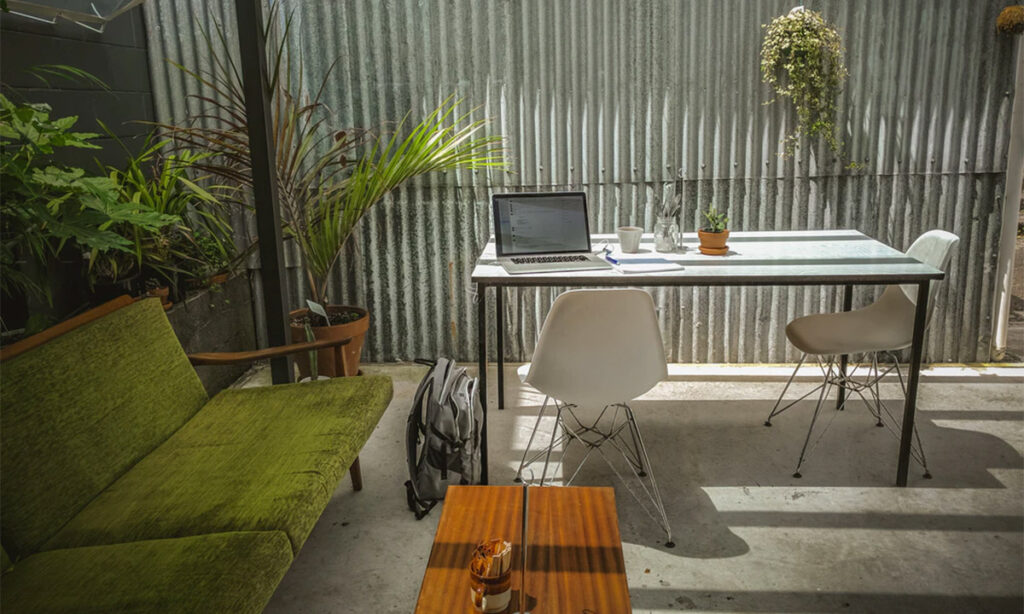One of the things that remote working has accomplished was the diffusion of the capital-centric working model, which means that workers need not stay within the city center to do their job. The multipolar world of work is becoming more popular and acceptable as companies and organizations find ways to successfully navigate through the current crisis.
We at Italpinas Development Corp. (IDC) are quite used to working remotely, maintaining our head office in Metro Manila while running operations in provinces like Cagayan de Oro and Batangas. In our organization, there was no restructuring necessary because remote work habits and practices have been in place since the beginning. For example, we are used to holding online meetings and have the appropriate tools to do it efficiently.
And while it’s true that the remote work setup has been around for some time, the pandemic made it more necessary for all of us to be good at it. Since we can’t work inside the office the way we used to and because our mobility has been restricted, we’ve all come to embrace the WFH solution, which has proven itself to be effective, sustainable, and cheaper for both employer and employee. And this is why I think many organizations will not be abandoning the trend even beyond this pandemic.
It’s helpful to realize that remote work presents its own set of challenges, like the temptation to fall into what we Italians call sciatteria, or a certain sloppiness in the way we maintain or care for ourselves. Remote workers need to set their own rules to make sure that they continue to move physically or work out, enjoy a change in scenery once in a while, and connect with others even as they spend most of their hours cooped up at home. All this is necessary for the wellness of their mind and body.

Silence is an important component of the WFH scenario. With housemates and children around, it can be a challenge to find a quiet and peaceful place to do one’s work. Ideally, a remote worker needs to have a private workroom or even a simple corner where he or she can work undisturbed. Otherwise, it is important to find an ideal area outside the home—in a co-working space perhaps, a common area, or a meeting room inside the residential building.
Finally, there are some items that need to be checked as far as the actual work area is concerned. First of all, it’s always best to use natural light, if it’s available. And it should come from the work table’s right or left side. If the light source is at the back, you need to use a curtain or some other means of diffusing the light so screen visibility will still be optimal. Make sure the workroom is well lighted but not too bright. Our eyes are already working hard from staring at screens the whole day, so it’s wise to care for them by finding a good balance in lighting.
Clutter is another concern. I would say that it would be ideal to work in a room with a minimalist design, one that is painted in colors that are not too intense. White, cream, off-white, light gray, and similar hues are friendly to the eyes. And because oxygen is a priority, natural ventilation is preferred over air conditioning, as long as the air is pure and clean. All of these abovementioned factors contribute to a remote worker’s work performance and overall wellness.
